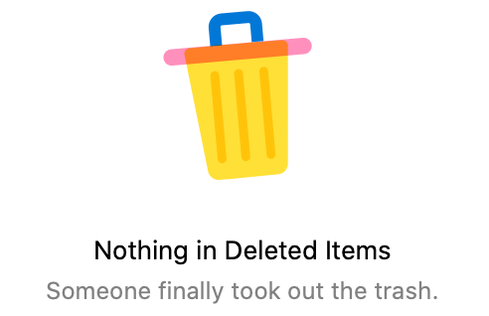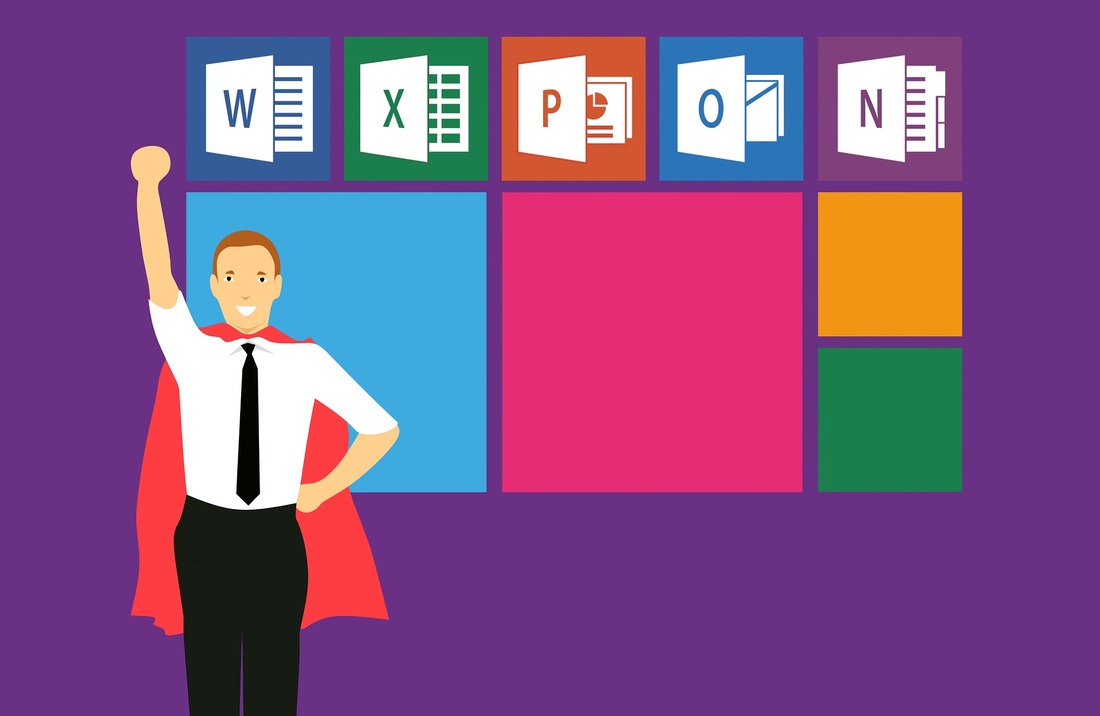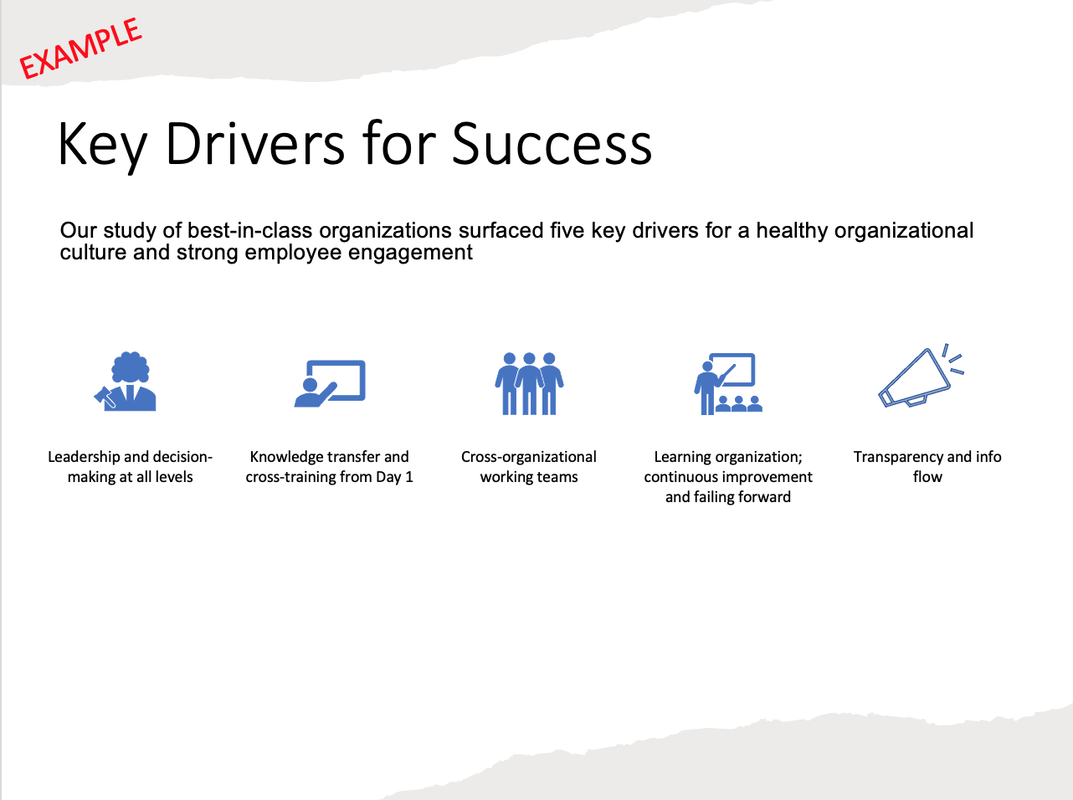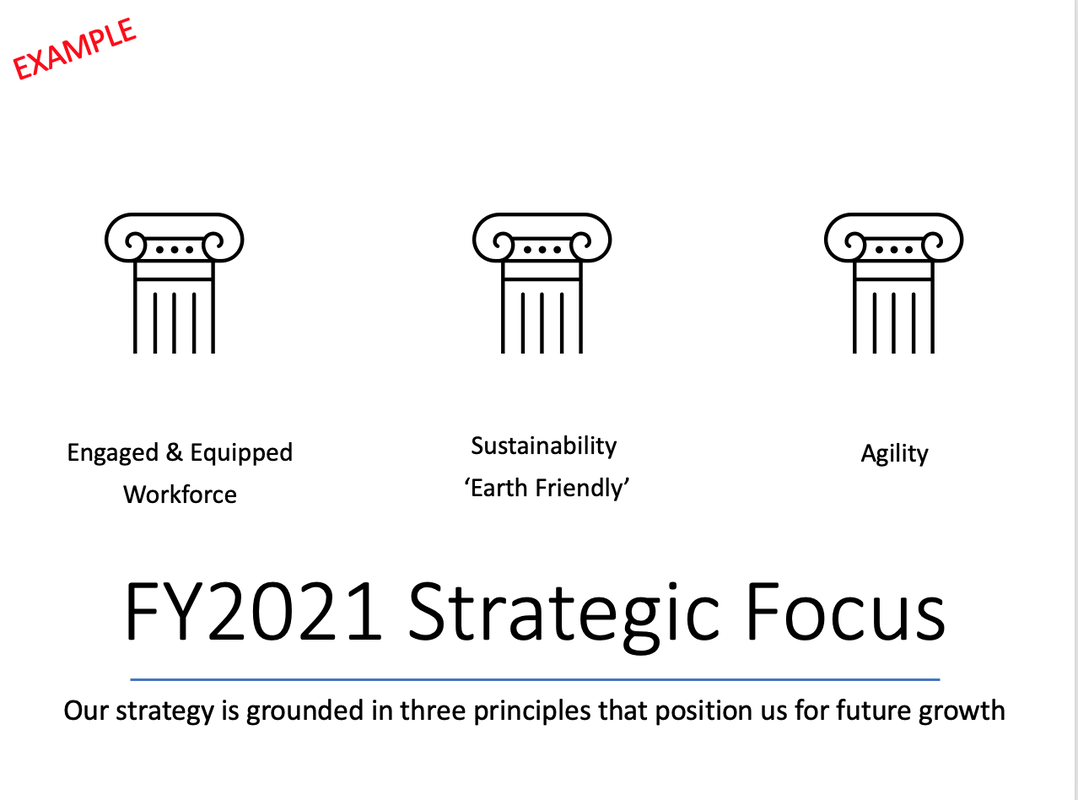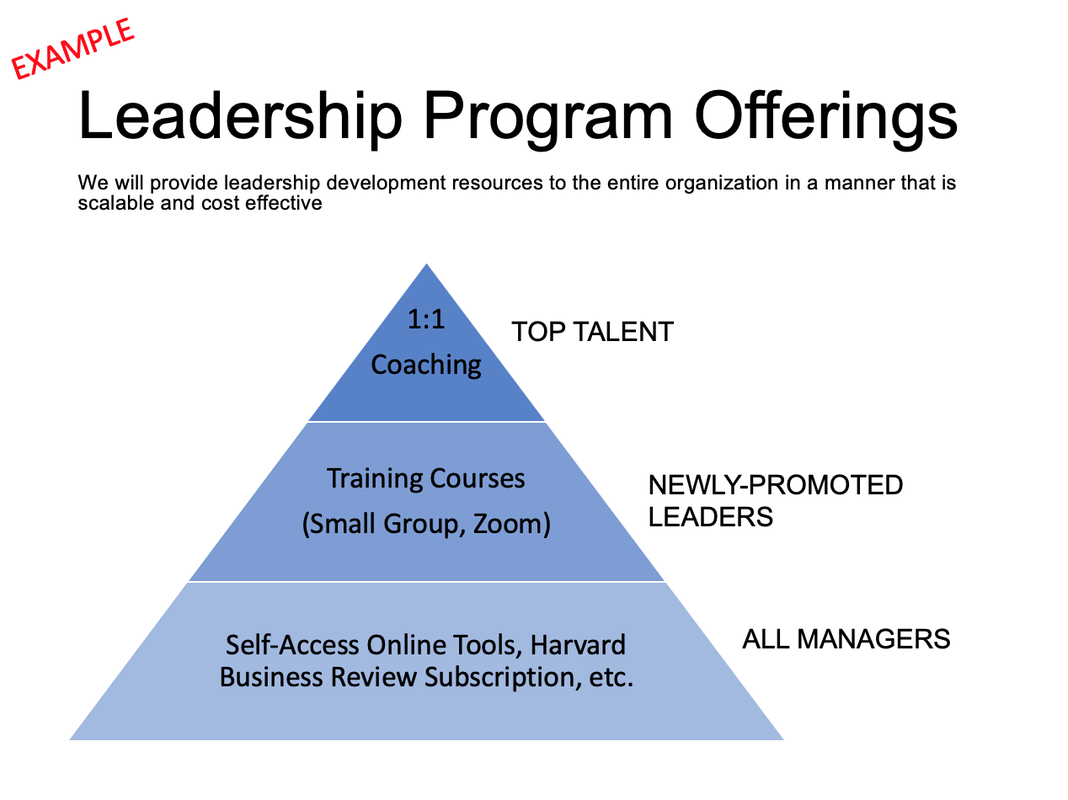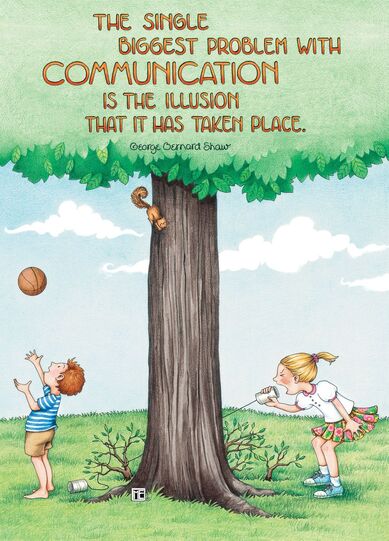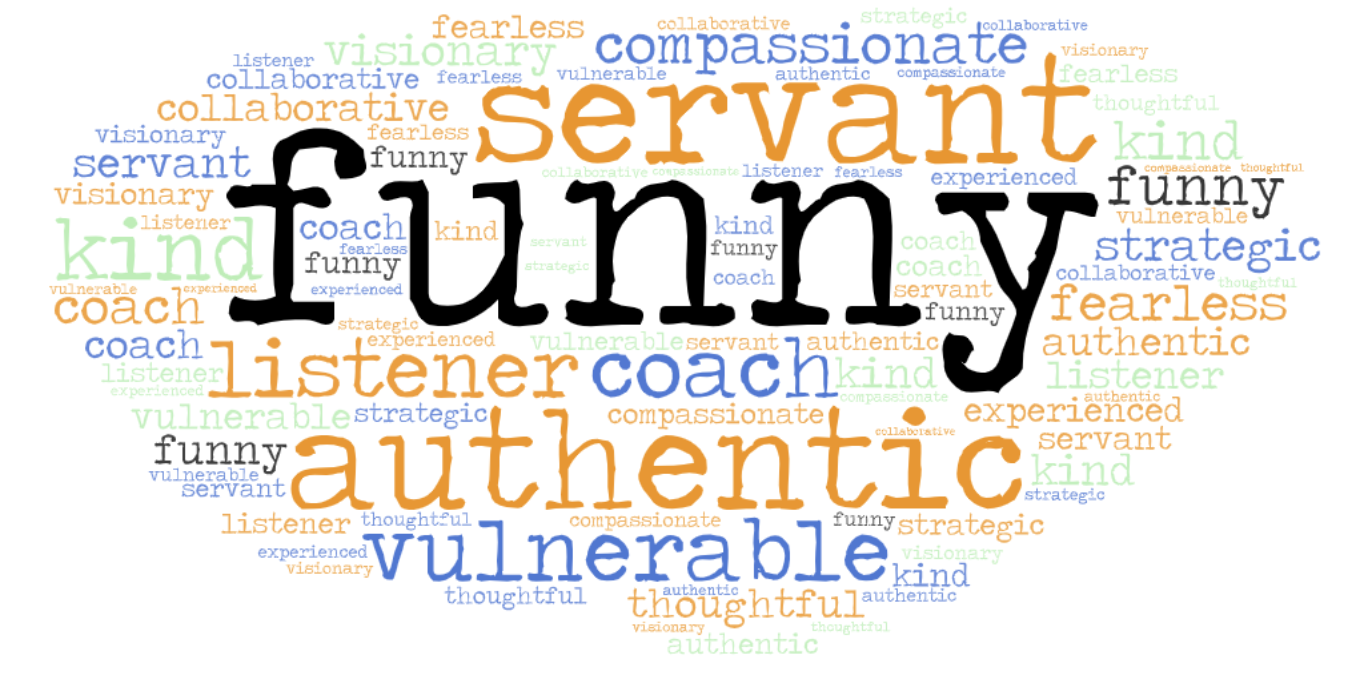
Funny at work? Before I lose my data-driven readers, let me share some numbers to remind you of what work looks like:
- The average office worker spends 5 hours a day on email (ref: Adobe email study)
- The average executive spends 23 hours a week in meetings (ref: HBR article by Leslie Perlow, Constance Noonan Hadley, and Eunice Eun)
That’s the baseline, people! This is how we’re spending our time. Can we spice it up a bit?
Like me, you may be thinking you’re not a particularly funny person. You could not try to crack people up if you tried. But it’s not about stand-up comedy. In the book Humor, Seriously, authors Naomi Bagdonas and Jennifer Aaker remind us that it’s not about having a performative sense of humor. It’s about levity.
Bagdonas and Aaker build the case that links humor to career success. They share that employees who use (work-appropriate) humor are 23% more respected. Leaders with a sense of humor are seen as 27% more motivating, and their employees report feeling 15% more engaged.
Let’s face it. Most of the time, work is not fun. When it is fun, we are more creative problem-solvers, and we get more done. And humor is one way to make work fun.
So why do we hold back? Why do we check the funny bone at the door?
There are lots of reasons that make us hesitant to use humor at work. I surveyed a few colleagues, and here’s what we came up with:
- Fear of being perceived as unprofessional
- Fear of insulting someone
- Fear of not being taken seriously
Those are the primary reasons we avoid humor. There are just as many reasons to intentionally add humor to the workday. The question is how to get there?
What's the right way to be funny, while also being professional?
- Someone will be absent from a meeting? No problem, you jokingly assign all actions to them
- Open your next meeting by sharing work travel mishaps, e.g., mixing up the hand lotion and shampoo at the hotel; losing your luggage and attending a board meeting in a Hawaiian shirt
- Tell a dad joke; ask others to tell their favorite dad jokes
- Change your name to “Connecting to Audio…” in Zoom
- You miss something in a discussion? “Mea culpa. I was asleep on the job.”
- Sing “Workin’ for a living” acapella, in the bathroom
- Add an element of surprise, as you see with this Microsoft note ("Nothing in Deleted Items. Someone finally took out the trash.")
And my personal favorite way to add humor to the workday: Share some self-deprecating humor from early in your career. It won’t take away from your authority/competence, but it shows your humility.

“The meeting is wrapping up,” she said.
“How can you tell?” I asked.
“They are laughing. People always laugh at the end of a meeting.” She was right.
Have you ever noticed that there’s often laughter at the end of a meeting? It’s not that someone always cracks a joke at the end of the meeting. It’s that laughter is one of those things we humans do. For politeness, for camaraderie, to connect. Social contagion. Try it.
